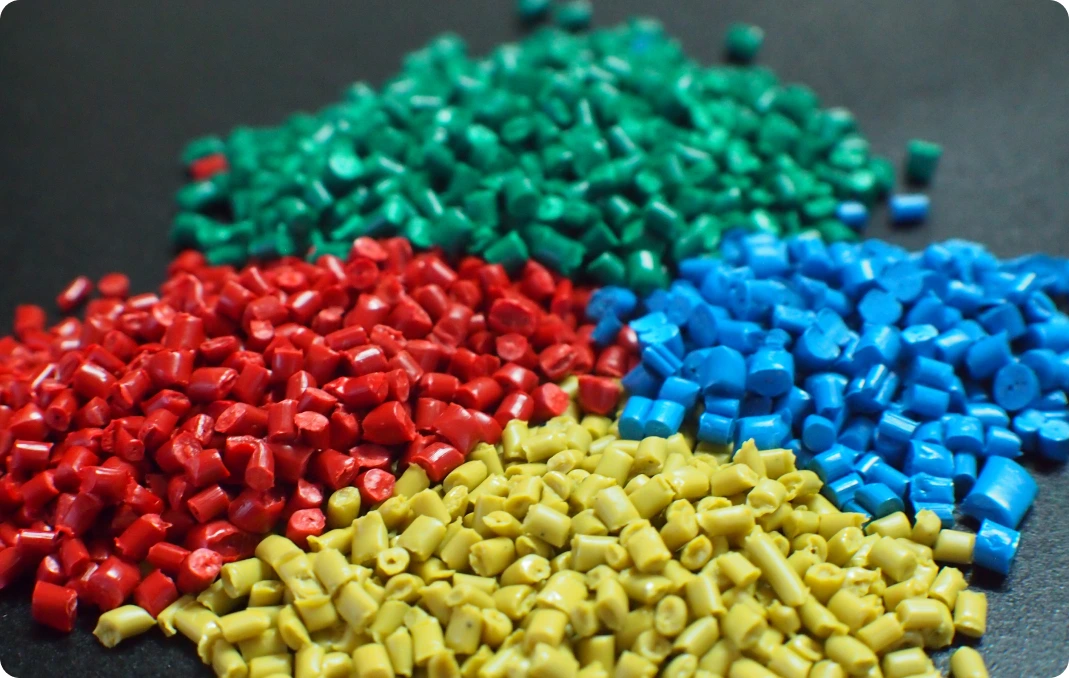Plastic is one of the most widely used materials globally, but also one of the most harmful to the environment. Its accumulation—especially in oceans and seas—causes serious damage to marine life and ecosystems. That’s why proper recycling and reducing consumption have become urgent priorities. Images like a turtle injured by a plastic straw or the so-called «garbage island» in the North Pacific—an area covering over 1.6 million square kilometers—illustrate the magnitude of the issue. It is estimated that eight million tons of plastic end up in the oceans every year.
Since the mid-20th century, humanity has produced more than 8 billion tons of plastic. Tackling this crisis requires commitment from governments, companies, and individuals. One of the most effective actions is recycling, along with developing sustainable materials and reducing the use of single-use plastics.
What is plastic and where does it come from?
Plastic is made from polymers—large molecules—mostly derived from petroleum. Although natural versions exist, obtained from plant-based sources, most plastics are synthetic and non-biodegradable, making them particularly polluting if not properly managed.
Main types of plastic and their uses
There are many types of plastic, but these are some of the most common:
-
Polyethylene (PE): found in bags, packaging, and plastic films.
-
Polyethylene Terephthalate (PET): widely used in bottles, food containers, and textiles.
-
Polypropylene (PP): present in appliance components, bottle caps, and durable containers.
-
Polyvinyl Chloride (PVC): used in pipes, windows, and construction materials.
How is plastic recycled? Step-by-step process
Recycling plastic involves several stages, similar to those for materials like glass or paper, but adapted to plastic’s specific properties:
-
Separation at source: consumers deposit plastic waste in the appropriate container. This includes bottles, packaging, cans, and polystyrene trays.
-
Transport to treatment plant: waste is taken to specialized facilities where it’s sorted by type and color.
-
Shredding and cleaning: plastics are broken into small pieces, washed to remove impurities, and dried for further processing.
-
Reprocessing: the clean material is melted and reshaped into new products, which may include packaging, textiles, decorative items, or even musical instruments.
Beyond recycling: reduce and replace
While recycling is vital, it’s not enough. Reducing the use of unnecessary plastics—especially single-use items—is essential. Sustainable alternatives are also being developed, such as:
-
Biodegradable polymers, which break down over time thanks to special additives.
-
Bioplastics made from starch, cellulose, or vegetable oils.
-
Biological technologies, which aim to use microorganisms capable of naturally breaking down plastic waste.
Initiatives for a future with less plastic
Several countries and organizations are already taking steps to address the plastic crisis. Some initiatives include:
-
Banning single-use plastics.
-
Enacting laws to regulate plastic production and industrial use.
-
Raising public awareness about the health and environmental impact of plastic.
